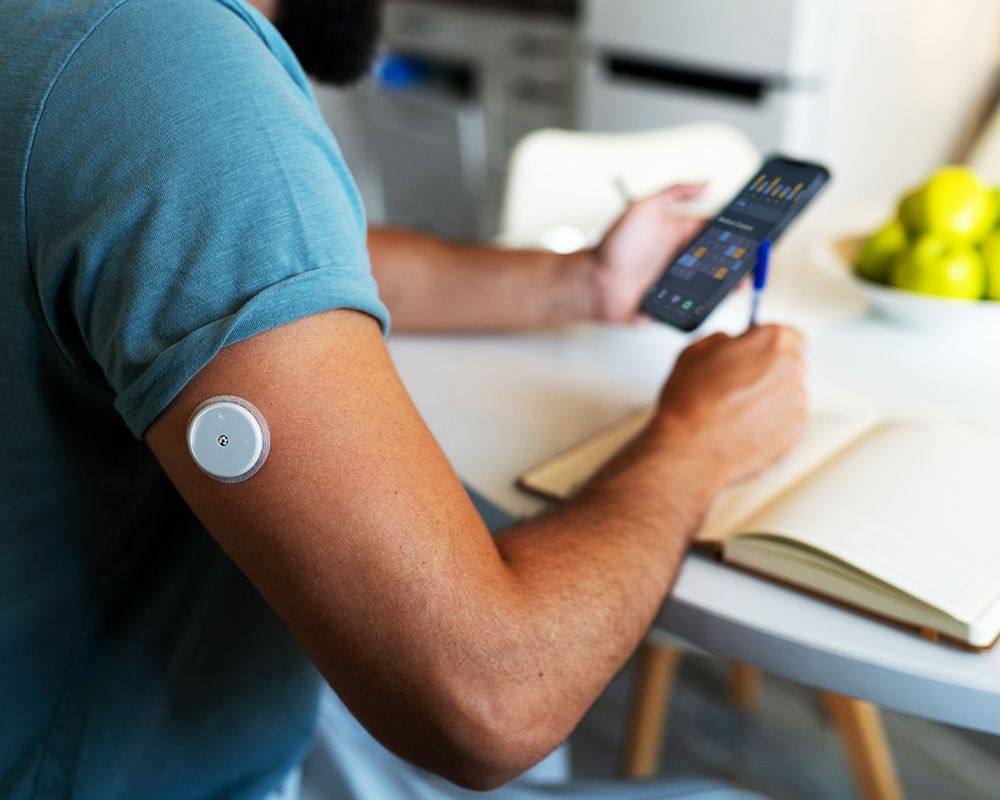National Diabetes Week Australia
Diabetes Doesn’t Discriminate!
So why should access to live-saving devices be accessible to those who can afford it!
Diabetes week was launched in 2015 at Lightwell Federation Square in Melbourne, in a collective effort to raise awareness of the prevalence of the Diabetes in the Australian Community.
This year Diabetes Australia aims to shine a light on the impact of Diabetes and Technology and increase access for all people to access the latest lifesaving technology. Just as Diabetes doesn’t discriminate – access to the advancements in treatments should be accessible to all!

Diabetes is a disease where you blood glucose (blood sugar) levels are too high. Our bodies create Glucose, as well as receive Glucose from the food we eat. Diabetes occurs when our Pancreas struggles with the creation of Insulin that helps glucose get absorbed by our cells- creating either too much or too little insulin.
Types of Diabetes:
- Type 1 Diabetes: This occurs when the pancreas creates little or no insulin. It is more common in from young adolescence, and it is often referred to as Juvenile Diabetes. Type 1 diabetes is more linked to genetics. It is considered an Autoimmune disease.
- Type 2 Diabetes: This affects how our bodies use sugar (glucose) for energy, which lead to high levels of sugar. Your body starts making less insulin than is needed and leads to insulin resistance. Whilst this can be affected by genetics, Type-2 Diabetes is related to diet and obesity.
- Gestational Diabetes: This occurs in pregnant women due to hormone changes and raises the levels of blood sugar. Whilst it can be managed through diet and exercise, some mothers require insulin assistance. Gestational diabetes can have significant effects on both mom and baby, leading to problems such as preeclampsia ( a sudden dangerous spike in blood pressure), pre-term labour and pregnancy loss during the last 4-8 weeks.
What is the prevalence of Diabetes?
- There are approximately 1.5 million Australians living with diabetes.
- If Diabetes continues to rise at the current rate, it is estimated that there will be 3 million
- Australians over the age of 25.
- Type 2 Diabetes is the main cause for the rise of Diabetes in Australia due to Obesity,
- physical inactivity and unhealthy diets.
Did you know there is no cure for Diabetes, but Type -2 Diabetes can be reversed through careful control and management of blood sugars through a routine of healthy exercise and diet. It may never completely disappear, but you can get to the point where you no longer have to take medications to control your sugar through a healthy lifestyle.
This year Diabetes Australia is advocating for affordable access to life saving CGM (Continuous Glucose Monitoring) Devices and Insulin Pumps. These devices greatly improve the quality of life for patients, particularly those living with Type-1 Diabetes.
How do CGM Devices and Insulin Pumps work:
A CGM device is a glucose monitor that is inserted just below your skin. It is a sensor that monitors your blood glucose 24 hours a day, meaning less finger pricks and crises as many factors can change your blood sugar levels, which suffers may not be aware of. 24-hour real-time monitoring send information to your phone that sets off an alarm, helping patients be aware that there is a glucose level problem and act immediately. It also provides data on the trends that affect your glucose levels, helping you to identify triggering situations.
An Insulin Pump is a small wearable device that delivers insulin into the bloodstream at specific times and are an alternative to having to multiple daily injections. These can greatly affect the quality of life for people with both Type 1 and Type 2 diabetes, as it measures your meal intake and variants and provides accurate doses of insulin that your body needs.
A CGM device can be paired with an Insulin Pump, providing peace of mind and better management.
Why is advocacy for access so important:
In 2022, the Australian Government subsidised CGM devices for all people living with Type-1 Diabetes. This was a huge step forward and has improved thousands of lives, however due to the high cost of these devices, many Australians are still unable to access these devices, leading to difficulties for hundreds of thousands of people on a daily basis and has massive consequence for the health of Diabetes sufferers and the health care system.
What you can do:
Sign and share this petition for equitable access to aid for people with T1 diabetes. This is a call to action on the Australian Government to change the way universal insulin aids are funded, providing vital care accessible to ALL Australians.
Share your Story on Diabetes Australia and join thousands of people with real life stories on how insulin pumps will make an incredible difference in their lives. We need to know the very real challenges faced by individuals with Diabetes and your story helps aid a continuous dialogue for advocacy and care.
If you or a family member or friend are suffering with Diabetes, join in these various events that provide community involvement, helpful resources and support to all Diabetes sufferers.
You don’t have to do it alone.
Share this post – Diabetes can occur at any stage from Childhood to the Elderly!
Raising Awareness can bring life saving treatment to any member of your family or friends –
including YOU!





